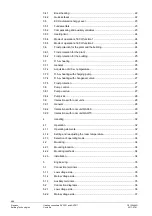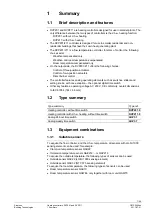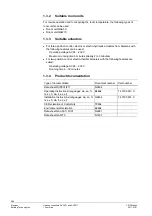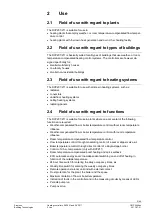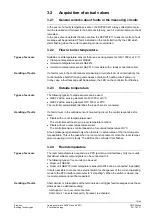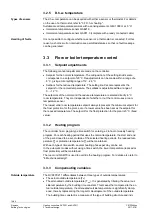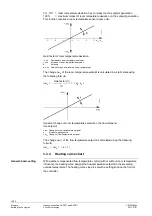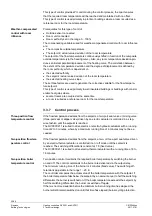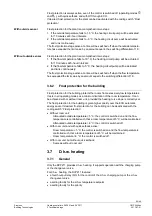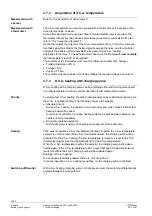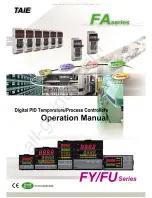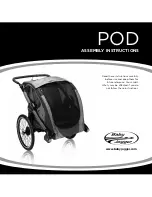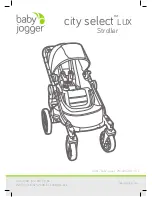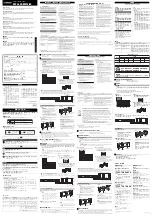
14/46
Siemens
Heating controllers RVP201 and RVP211
CE1P2464en
Building Technologies
3 Technical design
2017-07-21
3.2.5 D.h.w.
temperature
The d.h.w. temperature can be acquired with either a sensor or thermostat. For details
on the use of a thermostat, refer to "3.7 D.h.w. heating".
Suitable are all temperature sensors with a sensing element LG-Ni 1000 at 0 °C:
Immersion temperature sensor QAE212…
Immersion temperature sensor QAP21.3 (complete with a ready connected cable)
It is not possible to configure whether a sensor or a thermostat is connected. For this
reason, a short-circuit or interruption are permitted statuses so that no fault message
can be generated.
3.3 Flow or boiler temperature control
3.3.1 Setpoint
adjustments
The following manual adjustments are made on the controller:
Setpoint for the normal temperature. The mid-position of the setting knob's scale
corresponds to a setpoint of 20 °C. Readjustments can be made within a range of ±
8 °C, giving a total setting range of 12…28 °C.
Setback for the reduced temperature. The setting knob's scale represents the
setpoint for the normal temperature. The setback is adjustable within a range of
0…–12 °C.
The setpoints of the normal and the reduced temperature are entered directly in °C
room temperature. They are independent of whether or not the control uses a room
temperature sensor.
The lowest valid room temperature setpoint always represents the minimum setpoint for
the frost protection for the plant, even if a lower value has been set as the setpoint for
the reduced temperature. The setpoint for the frost protection for the plant is 5 °C (fixed
value).
3.3.2 Heating
program
The controller has a plug-in type time switch for entering a 24-hour or weekly heating
program. For each heating period that uses the normal temperature, the start and end
of the period need to be set. Outside of the selected heating periods, the reduced tem-
perature or protection temperature
will be maintained.
With each type of time switch, several heating phases per day can be set.
In the automatic modes without using a time switch, the lower temperature (reduced or
frost protection) will be maintained.
The room unit QAW70 is used to override the heating program. For details, also refer to
"6 Mechanical design".
3.3.3 Compensating
variables
The RVP201/211 differentiates between three types of outside temperatures:
The actual outside temperature (T
A
)
The attenuated outside temperature (T
AD
). It is generated by filtering the actual out-
side temperature by the building time constant. This means that compared to the ac-
tual outside temperature, the attenuated outside temperature is significantly damp-
ened, thereby representing the long-term development of the outside temperature.
The building time constant is a measure of the type of building structure and indi-
Types of sensors
Handling of faults
Outside temperature




